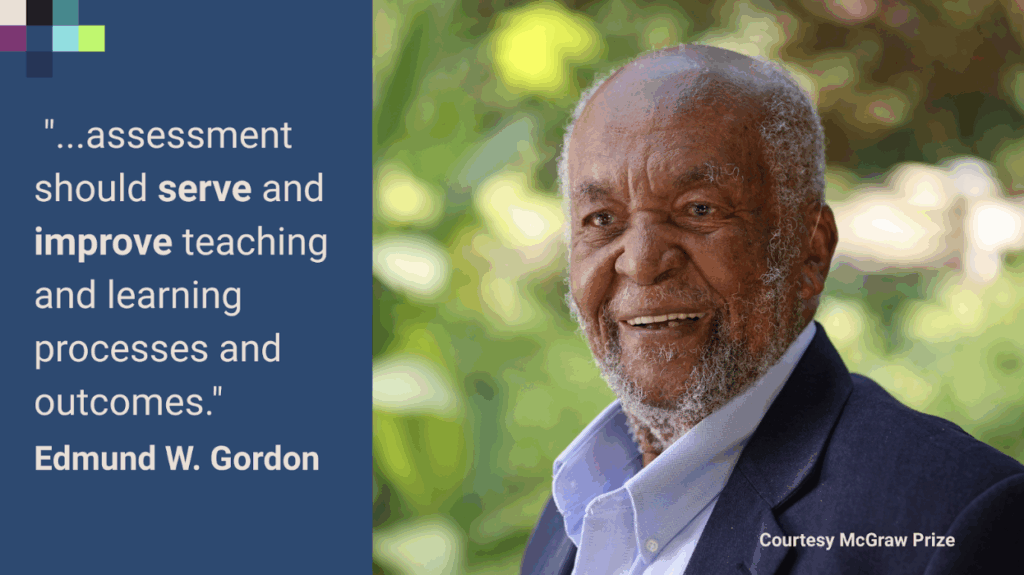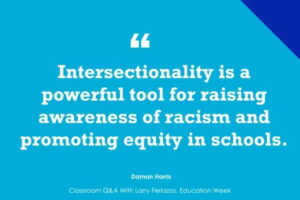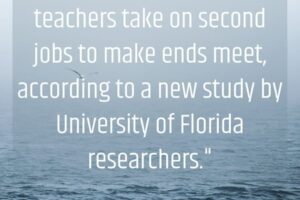
Advancing Assessment in the Service of Learning
What if the primary purpose of an assessment were not to produce a grade, but to act as a dynamic catalyst for the learning process itself? For decades, we’ve utilized assessment too narrowly—often to rank and sort students rather than to teach and to learn. The result is a system that excels at delivering a verdict but often fails to offer a meaningful path forward.
A growing movement seeks to change this, arguing that the most valuable information an assessment provides isn’t a score, but a story rich with insights about how a student learns. This paradigm shift, known as ‘assessment in the service of learning,’ reframes measurement from a static snapshot into a continuous source of feedback designed to guide instruction and inspire growth. To make this vision a reality, a new, free and open three-volume resource, the Handbook for Assessment in the Service of Learning, is offering a roadmap for this essential transformation.

A Vision for Assessment in the Service of Learning
In recent years, a profound shift has been gathering momentum: the recognition that assessment should serve and inform teaching and learning processes – not merely measure their outcomes. This vision was powerfully articulated by the Gordon Commission on the Future of Assessment in Education, which argued that traditional testing must give way to new approaches that illuminate how learning happens and can be improved. The Commission’s report, “To Assess, To Teach, To Learn”, proposed a future in which assessment is not an isolated audit of achievement, but rather a vital, integrated component of teaching and learning processes. It envisioned assessment practices that help cultivate students’ developing abilities and inform educators’ pedagogical choices, thereby contributing to the intellective development we seek to measure. This call to re-purpose assessment—to make assessment a means for educating, not just evaluating—sets the stage for the Handbook for Assessment in the Service of Learning, and for this Series at Getting Smart.

Conventional assessments can tell us how much a student knows or whether they meet a benchmark, which may be useful for the purpose of accountability and certification. Yet this traditional paradigm reveals little about how students learn, why they succeed or struggle, and what might help them grow further. An assessment system geared only toward outcomes provides a static snapshot of ability but fails to illuminate the dynamic process of learning itself. The result is an underutilization of assessment’s potential to guide teaching, to inspire students, and to support the cultivation of intellective competence – that is, the capacity and disposition to use knowledge and thinking skills to solve problems and adapt to new challenges. We must reimagine assessment as a positive force within teaching-learning processes.
From Measurement to Improvement: Re-Purposing Assessment
Moving toward assessment in the service of learning requires candid reflection on the limitations of our prevailing approaches to rank, sort, and certify student performance. However, as we refocus on learners themselves, a different question comes to the fore: How can assessment and instruction work together to improve learning?

Status-focused assessments do little to guide improvement. A low math score, for instance, reveals a struggle but not its cause or the next instructional step. By contrast, we propose that assessment is not a mere endpoint; it is part of an ongoing process of feedback and growth. When assessment is woven into learning, it can provide timely insights to teachers and learners, diagnose misunderstandings, and suggest fruitful paths for further inquiry. It becomes a continuous conversation about learning, rather than a one-time verdict. This shift entails treating assessment, teaching, and learning as inseparable and interactive components of education – a dynamic system of influence and feedback. To do this, we must look beyond right-or-wrong answers to examine the process of learning. Today’s technology makes it feasible to capture rich process data—tracking a student’s attempts, errors, and responses to feedback in a computer-based task—to get a detailed picture of learning in action. This allows for nuanced feedback and better instructional design. In this way, assessment becomes a catalyst for learning. It shifts from a static checkpoint to a dynamic, educative experience.
The Journey Ahead – and the Contributions of this Handbook Series
This Handbook series stands as a timely and essential contribution. Across its volumes, there is hope – a belief that through thoughtful innovation and collaboration, we can redesign assessment to be a positive force in education. The range of perspectives in these volumes is a source of strength, encompassing critical analyses, bold experiments, and a blend of longstanding wisdom and fresh ideas, each contributing a piece to the larger puzzle of how to make assessment truly for learning.

In closing, let us return to the animating vision: a vision of education where every learner is seen, supported, and challenged; where assessment is not a grim rite of ranking, but a continuous source of insight and improvement; where teaching, learning, and assessment form a holistic enterprise devoted to nurturing the growth of human potential. By making assessment a partner in learning, we stand to enrich the educational experience for all students, help teachers teach more effectively, and advance the cause of excellence by ensuring that every learner receives the feedback and opportunities they need to thrive. With the insights and evidence gathered in this Handbook series, we take important steps on that journey. The message is clear and hopeful – it is time to embrace a future in which to assess is, intrinsically, to teach and to learn.
This blog series on Advancing AI, Measurement and Assessment System Innovation is curated by The Study Group, a non-profit organization. The Study Group exists to advance the best of artificial intelligence, assessment, and data practice, technology, and policy and uncover future design needs and opportunities for educational and workforce systems.
Source link



